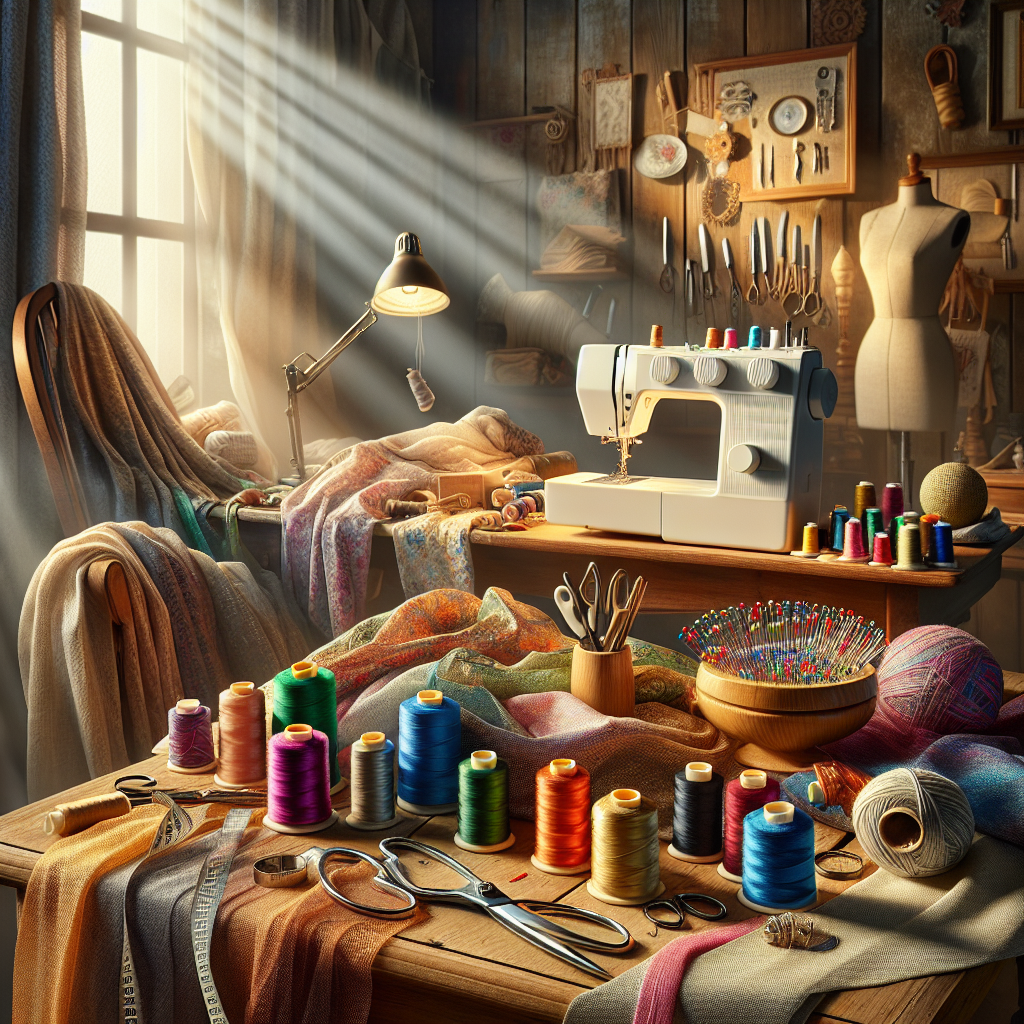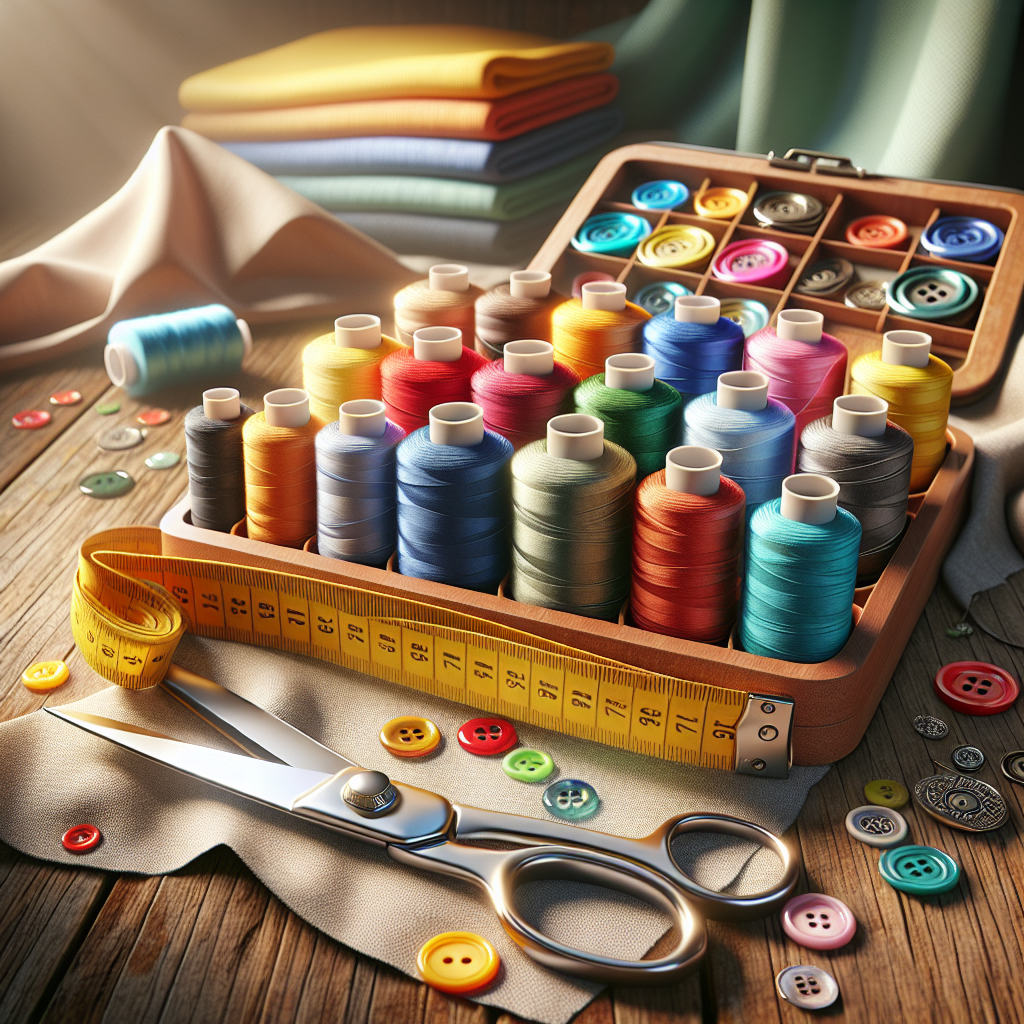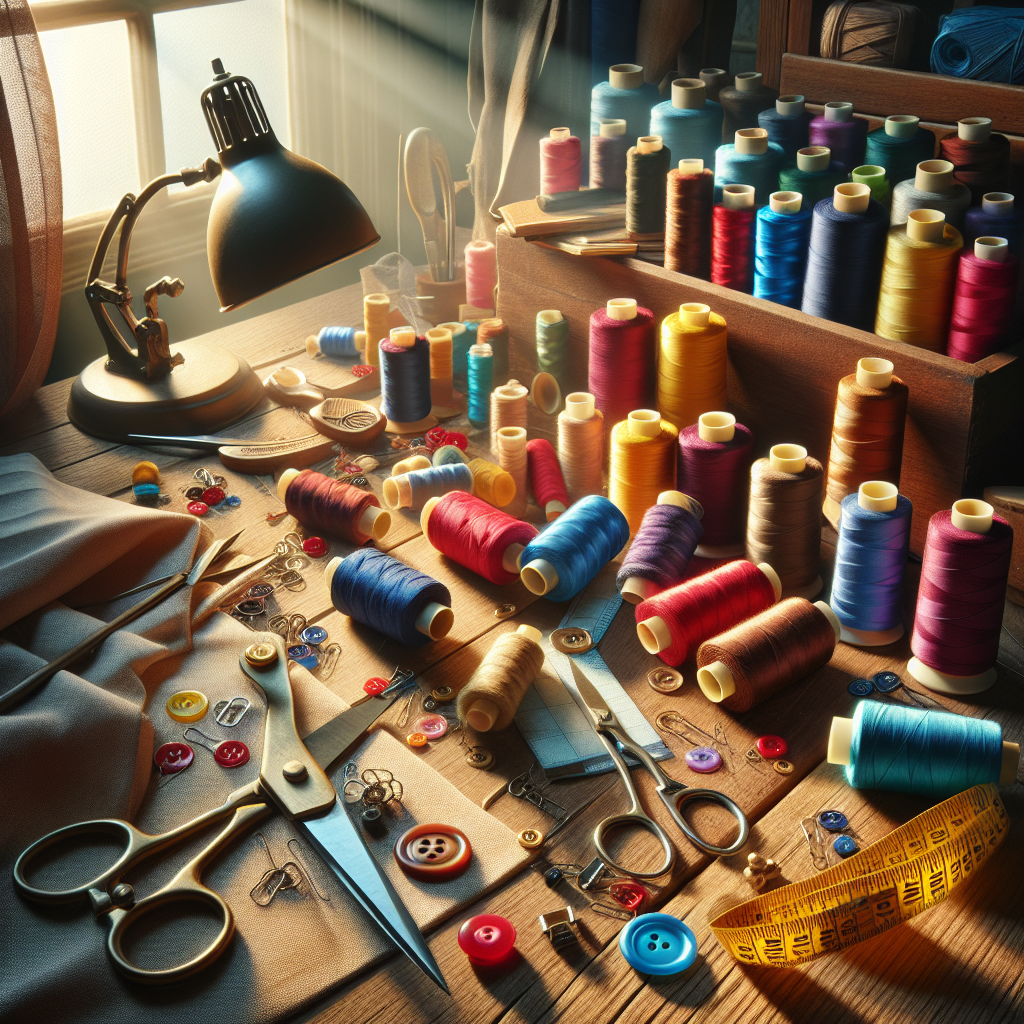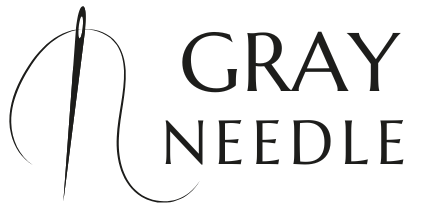For those stepping into the world of sewing, having a few clever sewing hacks for beginners can make all the difference. These hacks not only simplify techniques but also enhance creativity and efficiency. Whether you’re working on a simple project or tackling more complex designs, these essential tips can help you navigate common challenges and boost your confidence.
One of the most significant advantages of learning these hacks is the ability to save time and resources. From using household items as sewing tools to understanding how to choose the right fabrics, these tips provide a foundation that every beginner should know. For example, did you know that a simple paperclip can replace a missing zipper pull? Such ingenious solutions make sewing more accessible and enjoyable.
Furthermore, these hacks foster a sense of community among sewing enthusiasts. When you share your experiences and tricks, you not only learn from others but also contribute to a vibrant network of creativity. Visit our website to learn more and get started today! Click here.
In the sections that follow, we will delve into specific hacks that will elevate your sewing game and inspire you to create amazing projects. Stay tuned for invaluable insights that will transform the way you approach your sewing endeavors.
Understanding Basic Sewing Tools and Their Uses

Having the right tools is crucial for any sewing project. Understanding basic sewing tools and their uses can significantly enhance your sewing experience and ensure professional-looking results. Here’s a rundown of essential tools every beginner should have in their sewing kit:
- Fabric Scissors: Invest in a good pair of fabric scissors; they are designed specifically for cutting fabric without fraying the edges. Remember to keep them sharp for clean cuts.
- Seam Ripper: This handy tool is essential for correcting mistakes. It allows you to easily remove stitches without damaging the fabric.
- Measuring Tape: Accurate measurements are key in sewing. A flexible measuring tape helps you take precise measurements of fabric, patterns, and your body.
- Pins and Pin Cushion: Pins are used to hold fabric pieces together before sewing. A pin cushion keeps them organized and easily accessible.
- Iron and Ironing Board: Ironing is crucial for achieving crisp seams and professional finishes. An iron helps to press fabric and remove wrinkles, making it easier to work with.
- Needles and Thread: Selecting the right needle type and thread weight is important for different fabrics. Always have a variety of needles on hand, as well as matching thread for your projects.
By familiarizing yourself with these basic sewing tools and their specific uses, you’ll be better equipped to tackle your projects with confidence and skill. Having these essentials in your sewing arsenal will set you up for success as you embark on your sewing journey.
Time-Saving Techniques Every Beginner Should Know
As a beginner, mastering sewing can sometimes feel overwhelming. However, implementing a few time-saving techniques can make the process smoother and more enjoyable. Here are some invaluable tips to help you optimize your sewing experience:
- Pre-Wash Fabric: Always pre-wash your fabric before cutting. This prevents shrinkage after your project is complete and saves you from potential disasters later.
- Cut Multiple Layers: When working with several pieces of the same pattern, consider cutting through multiple layers of fabric at once. This not only saves time but also ensures all pieces are uniform.
- Use a Rotary Cutter: A rotary cutter allows for quicker and more precise cutting compared to traditional scissors, especially for straight lines and large fabric pieces.
- Chain Stitching: This technique involves sewing multiple pieces in one continuous line without lifting the presser foot. It’s a great way to speed up the process when working on similar seams.
- Organize Your Workspace: Keep your sewing area tidy and well-organized. Having tools and materials easily accessible can significantly reduce the time spent searching for items.
- Set Up a Routine: Establish a sewing routine that includes specific times for cutting, sewing, and finishing. This helps create a rhythm and makes the entire process more efficient.
By incorporating these time-saving techniques into your sewing practice, you’ll not only enhance your productivity but also enjoy the journey of creating your sewing projects with less stress.
Creative Solutions for Common Sewing Problems

Every sewing enthusiast, especially beginners, encounters common challenges throughout their creative journey. Instead of getting discouraged, consider these creative solutions for common sewing problems that can help you overcome obstacles and enhance your sewing skills:
- Thread Bunching: If you notice thread bunching on the underside of your fabric, check the tension settings on your sewing machine. Adjusting the tension can often resolve this issue. Additionally, ensure that the thread is properly threaded through the machine.
- Fabric Slipping: To prevent slippery fabrics from shifting while you sew, use a layer of tissue paper or fabric stabilizer underneath. This creates a better grip and improves accuracy in your stitching.
- Uneven Seams: If you’re struggling with maintaining even seams, consider using a seam guide or marking an accurate seam allowance with tailor’s chalk on your fabric. This simple technique can significantly improve your sewing precision.
- Needle Breakage: A broken needle can be frustrating. Ensure you are using the correct needle type for your fabric. For instance, heavier fabrics require a heavier needle, while lightweight fabrics benefit from a finer needle.
- Fabric Fraying: To combat fraying edges, use pinking shears or a serger to finish your seams. Alternatively, you can apply a fray check solution to the edges to keep them from unraveling.
- Stubborn Zippers: If zippers are difficult to sew, try using a zipper foot for better control and alignment. Additionally, applying a bit of wax to the zipper teeth can help it glide more smoothly.
By employing these creative solutions, you’ll not only solve immediate sewing issues but also build your confidence and skills as you tackle more complex projects in the future.
Tips for Organizing Your Sewing Space Efficiently

A well-organized sewing space can significantly enhance your creativity and efficiency, making your sewing experience more enjoyable. Here are some tips for organizing your sewing space efficiently:
- Designate a Sewing Zone: Create a specific area in your home dedicated to sewing. This helps in maintaining focus and reduces the time spent setting up and packing away your materials.
- Use Clear Storage Containers: Invest in clear plastic bins or containers for fabric and supplies. This allows you to easily see what you have, making it simpler to choose the right materials for your projects.
- Label Everything: Label your containers and shelves. This not only saves time but also helps keep your space tidy, as everything has a designated spot.
- Keep Tools Within Reach: Use a pegboard or wall-mounted organizer for scissors, rulers, and other frequently used tools. This keeps them easily accessible and off your workspace, providing more room to work.
- Implement a Fabric System: Consider organizing your fabric by color, type, or project. This makes it easier to find what you need and can spark inspiration for future creations.
- Utilize Vertical Space: Don’t forget about the vertical space in your sewing area! Shelves, hooks, and wall-mounted racks can help maximize storage without taking up valuable floor space.
- Regularly Declutter: Schedule time to go through your supplies and fabric. Discard or donate items you no longer use. Regular decluttering keeps your space functional and inspires creativity.
By implementing these organization tips, you can create a sewing space that not only looks appealing but also enhances your productivity and enjoyment as you sew.
Building Confidence as a New Sewing Enthusiast

Starting your journey in sewing can be both exciting and intimidating. Building confidence as a new sewing enthusiast is essential to fully enjoy and embrace this creative outlet. Here are some effective strategies to boost your confidence:
- Start Small: Begin with simple projects that match your skill level. Completing small tasks successfully helps build your confidence and encourages you to take on more complex projects.
- Practice Regularly: Like any skill, sewing improves with practice. Set aside dedicated time each week to sew, even if it’s just for a short period. Consistency breeds familiarity and comfort.
- Learn from Mistakes: Mistakes are a natural part of the learning process. Instead of feeling discouraged, view them as valuable learning opportunities. Analyze what went wrong and how you can improve next time.
- Seek Feedback: Join sewing communities, either online or in-person. Sharing your work with others and receiving constructive feedback can greatly boost your confidence and help you grow as a sewist.
- Celebrate Your Achievements: Take time to recognize and celebrate your successes, no matter how small. Completing a project or mastering a new technique deserves acknowledgment and reinforces positive feelings about your skills.
- Keep Learning: Continue to expand your knowledge by watching tutorials, reading books, or taking classes. The more you learn, the more confident you will feel about tackling new challenges.
As you embark on this sewing journey, remember that every expert was once a beginner. With patience and perseverance, you’ll see your skills flourish. Visit our website to learn more and get started today! Click here.

